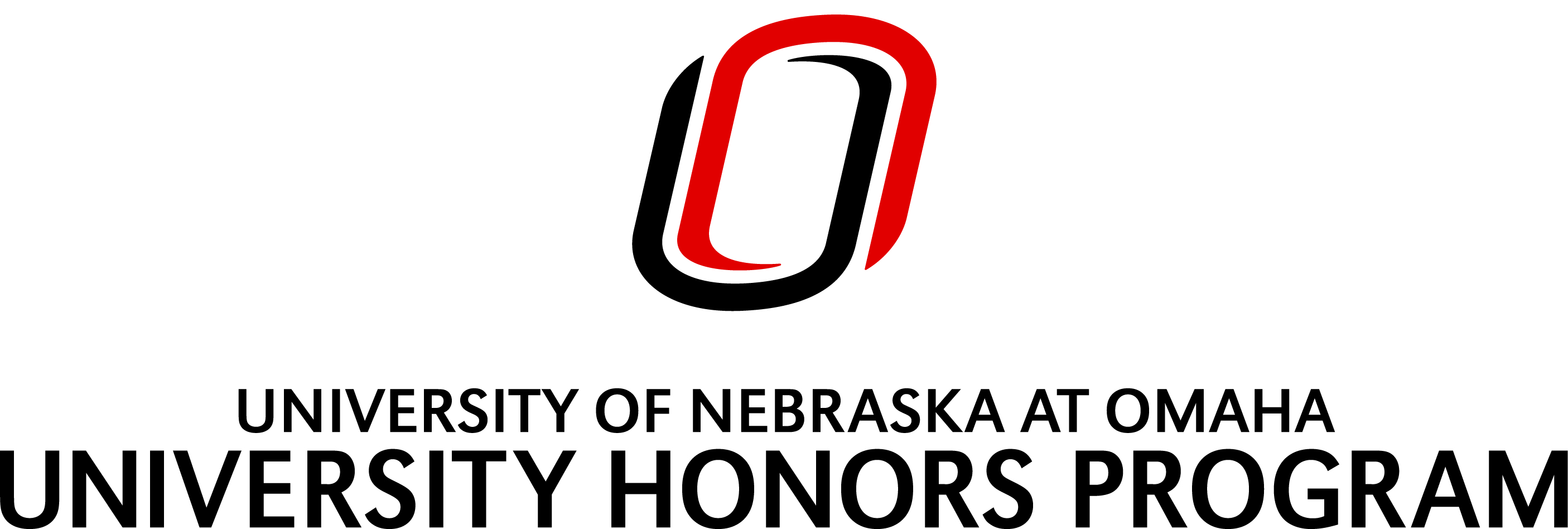Author ORCID Identifier
0000-0002-6222-4443
Month/Year of Graduation
5-2024
Degree Name
Bachelor of Science (B.S.)
Department
Neuroscience
First Advisor
Andy Zhong
Abstract
Cannabis sativa is an herbal plant that is used for recreational and medicinal purposes. The two main components, ∆9-Tetrahydrocannabinol (THC) and Cannabidiol (CBD), are responsible for the two different uses. Both compounds have been heavily researched, with their mechanisms of action, docking site, and binding affinity and efficacy identified. Researchers have synthesized various analogs by altering the carbon side chains of THC/CBD’s molecular structures. These synthetic analogs have been created to study the structure-function relationship of different molecules to the endocannabinoid system receptors, CB1 and CB2. Here, we conduct a docking study of various THC/CBD analogs to both receptors using a combination of computer-aided molecular design platform, Molecular Operating Environment (MOE), and a molecular modeling environment, Schrodinger’s Maestro. We find that analog ∆9-THC analog B83 has the best docking score to CB1 and CB2. Furthermore, we identify three residues contributing to protein-ligand interactions consistently among the top binding analogs to CB1, PHE170, Phe268, and SER383, suggesting these interactions are responsible for mediating the selective and potent binding to CB1. On the other hand, for the CB2 model (6KPF), we identified residues Phe183 and Ser285 as the key binding residues.
Recommended Citation
Villanueva Sanchez, Brandon and Zhong, Andy, "Selectivity studies of CBDs against CB1 and CB2 using docking approach" (2024). Theses/Capstones/Creative Projects. 284.
https://digitalcommons.unomaha.edu/university_honors_program/284

